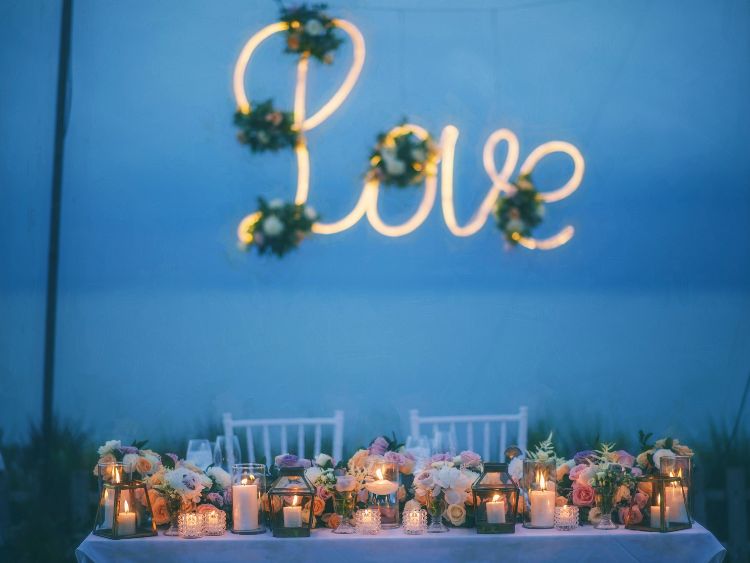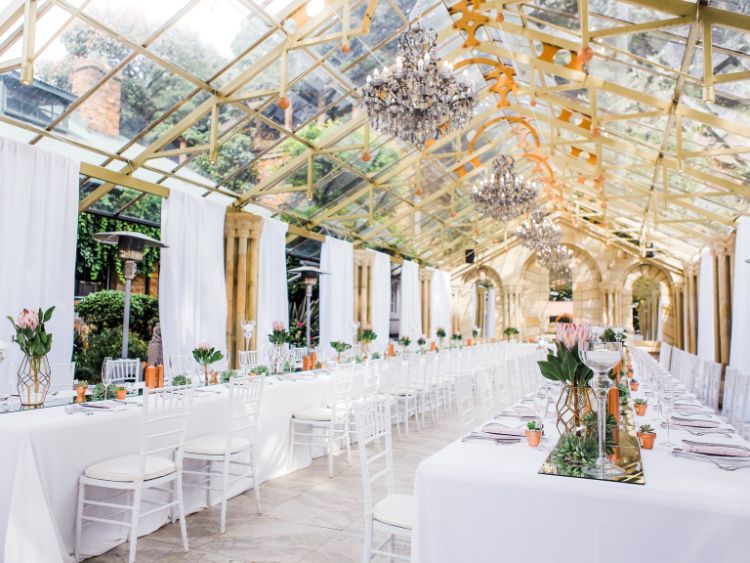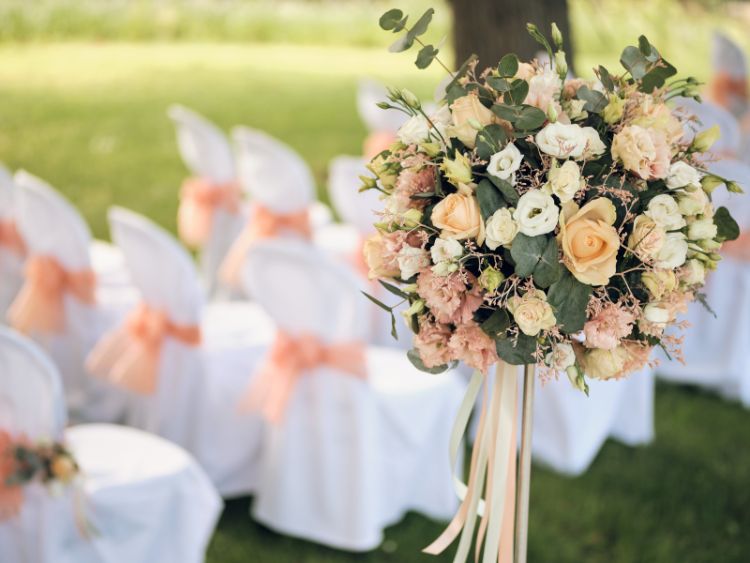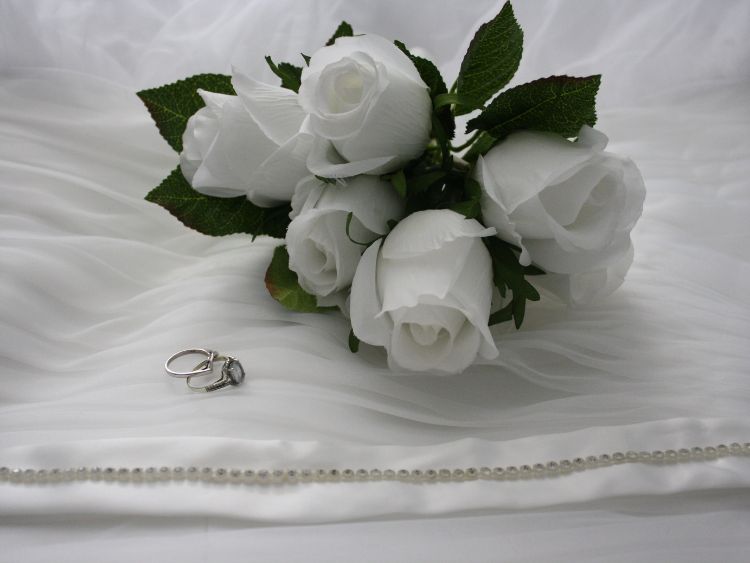Tuxedo vs Suit: What’s the Difference and Which One Should You Choose?
When it comes to dressing for formal occasions, the choice between a tuxedo and a suit is a decision that many men face. Both options offer a sophisticated look, but they serve different purposes and create distinct impressions. In this comprehensive guide, we’ll dive into the key differences between a tuxedo and a suit, helping you determine which one is right for your next event.
Whether you’re attending a black-tie event, a wedding, or a formal dinner, choosing the right attire is crucial. The terms “tuxedo” and “suit” are often used interchangeably, but they are not the same thing. Each has its own set of rules, styling options, and appropriate occasions. Understanding these differences can help you make a more informed decision and ensure that you look your best.
What is a Tuxedo?
A tuxedo, also known as a dinner jacket in the UK, is the epitome of formalwear for men. Traditionally, a tuxedo is defined by its satin details. These satin elements include the lapels, buttons, pocket trim, and a stripe down the side of the trousers. The classic tuxedo is typically black, though midnight blue is also a popular choice.
Key Features of a Tuxedo:
- Satin Lapels: The lapels of a tuxedo jacket are covered in satin, giving them a glossy, smooth finish that contrasts with the jacket’s fabric.
- Satin Stripes on Trousers: The trousers of a tuxedo have a satin stripe running down the side, matching the lapels.
- Formal Shirt: Tuxedos are worn with a formal dress shirt, usually featuring a wing or turndown collar, French cuffs, and often a pleated front.
- Bow Tie: A bow tie, traditionally black, is a staple accessory for a tuxedo.
- Accessories: Cummerbunds, waistcoats, and pocket squares are common accessories, enhancing the tuxedo’s formal appearance.
What is a Suit?
A suit is more versatile than a tuxedo and can be worn for a wide range of occasions, from business meetings to less formal weddings. A typical suit consists of a jacket and trousers made from the same fabric, and it does not feature the satin details that distinguish a tuxedo.
Key Features of a Suit:
- Standard Lapels: Unlike tuxedos, suits have lapels made from the same fabric as the rest of the jacket.
- No Satin Stripes: Suit trousers are free of satin stripes, making them more versatile for various settings.
- Versatile Shirt Options: Suits can be paired with various shirts, from dress shirts to more casual button-downs.
- Tie Options: Ties are common with suits, and the choice of tie can range from formal to casual, depending on the occasion.
- Less Formal Accessories: While pocket squares and ties are common, other accessories like cummerbunds and waistcoats are less frequent.
Tuxedo vs Suit: The Differences
Now that we’ve outlined the basics, let’s dive into the differences between tuxedos and suits. These distinctions are what make each piece of attire suitable for different occasions.
1. Formality
- Tuxedo: The tuxedo is designed for formal events, typically those held in the evening. It’s synonymous with black-tie attire, which means it’s appropriate for weddings, galas, and award ceremonies.
- Suit: A suit is more versatile and can be worn in both formal and semi-formal settings. It’s appropriate for business meetings, daytime weddings, and events where a tuxedo would be too formal.
2. Fabric and Details
- Tuxedo: Satin details are a hallmark of the tuxedo, adding a level of elegance that’s unmatched by suits. The use of satin on lapels, buttons, and trouser stripes elevates the tuxedo’s look, making it more suitable for special occasions.
- Suit: Suits are made entirely from the same fabric, with no satin details. This makes them more adaptable and less formal, but still very polished when tailored properly.
3. Shirt and Tie
- Tuxedo: A tuxedo is always worn with a formal dress shirt and a bow tie. The shirt is usually white, with a pleated front or French cuffs, adding to the formality.
- Suit: Suits offer more flexibility with shirt and tie combinations. You can wear anything from a classic dress shirt with a tie to a more casual shirt without a tie, depending on the occasion.
4. Footwear
- Tuxedo: Patent leather shoes are the go-to footwear choice for a tuxedo. These shoes are glossy and formal, perfectly complementing the satin details of the tuxedo.
- Suit: Suits can be paired with a wider range of shoes, including oxfords, brogues, and even loafers. The shoe choice can vary based on the formality of the event.
When to Wear a Tuxedo
Tuxedos are reserved for the most formal events. If the invitation says “black-tie,” then you should opt for a tuxedo. Here are some occasions where a tuxedo is appropriate:
- Weddings: Particularly evening weddings or weddings with a formal dress code.
- Gala Events: Fundraisers, charity balls, and other high-profile events often require a tuxedo.
- Award Ceremonies: Red carpet events and award shows typically call for tuxedo attire.
- Opera or Ballet: Attending the opera or ballet in a tuxedo adds to the elegance of the evening.
When to Wear a Suit
Suits are more versatile and can be worn for a variety of occasions. Here are some events where a suit is appropriate:
- Business Meetings: A well-tailored suit is a staple for business professionals.
- Daytime Weddings: For weddings that are less formal or held during the day, a suit is often the preferred choice.
- Job Interviews: A suit is a must for making a good first impression in a professional setting.
- Religious Services: Attending church, synagogue, or other religious services often calls for a suit, especially for important ceremonies.
Tuxedo vs Suit: Which One Should You Choose?
The choice between a tuxedo and a suit comes down to the formality of the event and your personal style preferences. Here are a few questions to help guide your decision:
- Is the event black-tie? If the answer is yes, then a tuxedo is the way to go.
- Is the event during the day or more casual? A suit is likely the better option.
- Do you want to stand out or blend in? Tuxedos have a more distinctive look, while suits are more understated.
FAQs
1. Can I wear a tuxedo to a daytime event?
- Generally, tuxedos are reserved for evening events. For a daytime event, a suit is more appropriate.
2. Is it ever acceptable to wear a tie with a tuxedo?
- Traditionally, a tuxedo is worn with a bow tie. However, in some modern interpretations, a slim black tie can be worn, though it’s less common.
3. What color suit is the most versatile?
- Navy and charcoal grey suits are the most versatile, suitable for a wide range of occasions.
4. Can I wear a suit to a black-tie event?
- A suit can be worn to a black-tie event only if it’s a black suit with a black tie, and even then, it might not be formal enough.
5. Do I need to wear patent leather shoes with a tuxedo?
- Yes, patent leather shoes are the traditional and most appropriate footwear for a tuxedo.
Conclusion
Deciding between a tuxedo and a suit depends largely on the occasion and the level of formality required. Tuxedos are the go-to choice for formal, black-tie events, offering a level of sophistication and elegance that suits can’t quite match. On the other hand, suits are incredibly versatile and can be dressed up or down for various occasions.
When in doubt, consider the event’s dress code and the impression you want to make. Whether you choose a tuxedo or a suit, make sure it fits well and that you feel confident wearing it. After all, the best outfit is the one that makes you feel your best.



